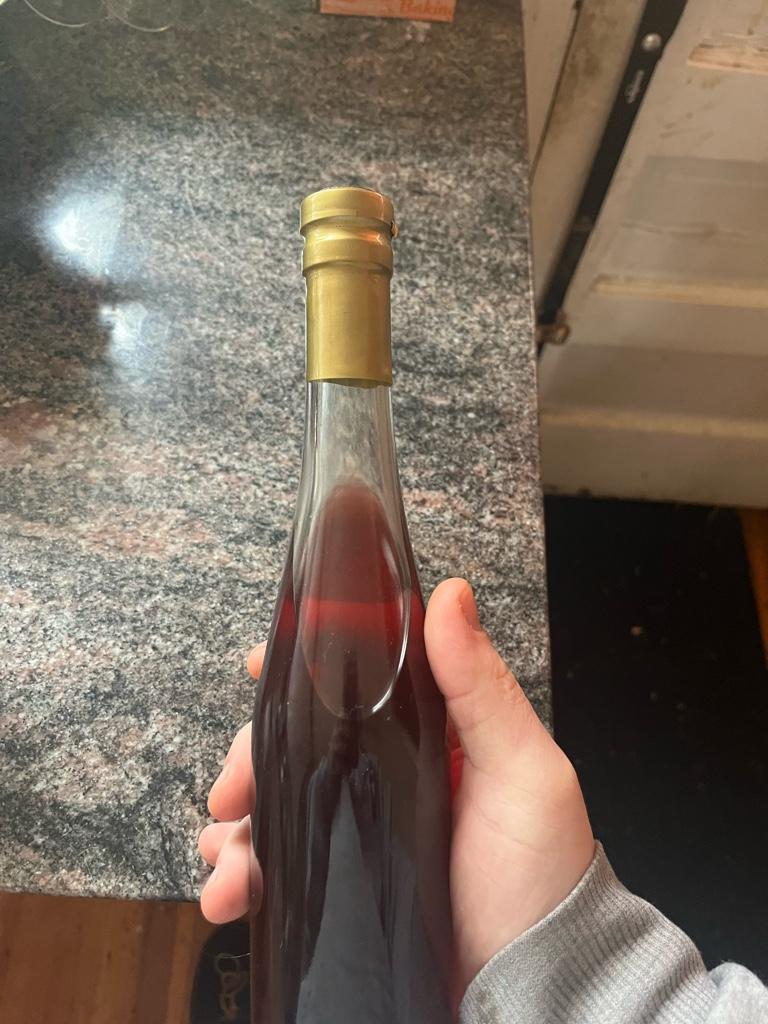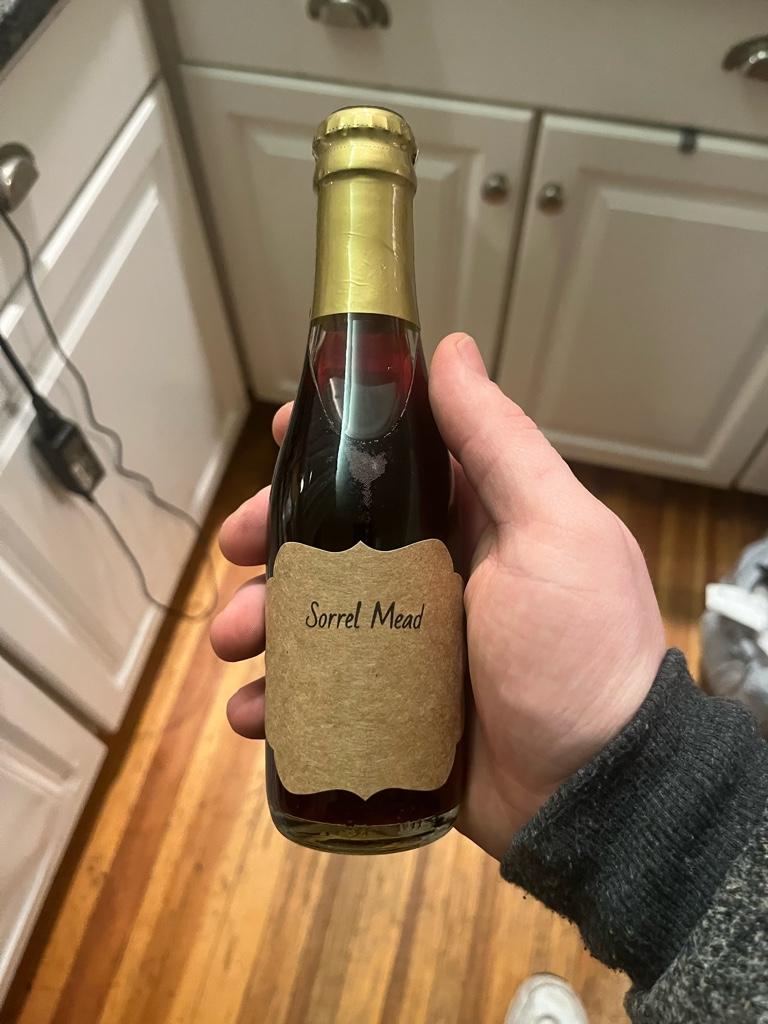I have been using swing-tops and beer bottle caps for a year now, I want to switch to some clear wine bottles for better presentation, show off some color, clarity, etc.
I ordered T corks and the gold heat shrink pvc wraps.
I opened a beer bottle of stabilized mead started nov7 and by nov20 it hit 1.000sg, and by December 25, no airlock activity for a few days, even showed negative pressure from the cold. So i figured that there would be no gas left.So I bottled that batch with caps. After I stabilized the wine with sorbate.
Today, I opened a bottle with a pop. Light co2 haze. Poured it into one of my wine bottles, and it’s bubbling like flat champagne. Super tiny bubbles.
Is.. it safe to cork this?
These are 375ml wine bottles. Not pressure rated like the swing tops and beer bottles I have been using so far. I did notice the wine that came in these bubbles lightly at the rim of the glass. But this is much more then that
These are also synthetic rubbery t corks if that effects anything
Sent from my iPhone using Tapatalk
I ordered T corks and the gold heat shrink pvc wraps.
I opened a beer bottle of stabilized mead started nov7 and by nov20 it hit 1.000sg, and by December 25, no airlock activity for a few days, even showed negative pressure from the cold. So i figured that there would be no gas left.So I bottled that batch with caps. After I stabilized the wine with sorbate.
Today, I opened a bottle with a pop. Light co2 haze. Poured it into one of my wine bottles, and it’s bubbling like flat champagne. Super tiny bubbles.
Is.. it safe to cork this?
These are 375ml wine bottles. Not pressure rated like the swing tops and beer bottles I have been using so far. I did notice the wine that came in these bubbles lightly at the rim of the glass. But this is much more then that
These are also synthetic rubbery t corks if that effects anything
Sent from my iPhone using Tapatalk







